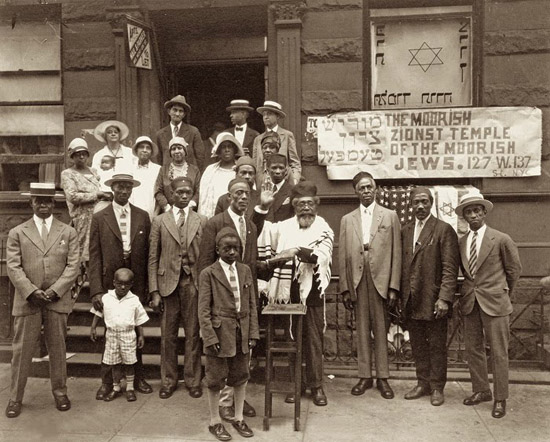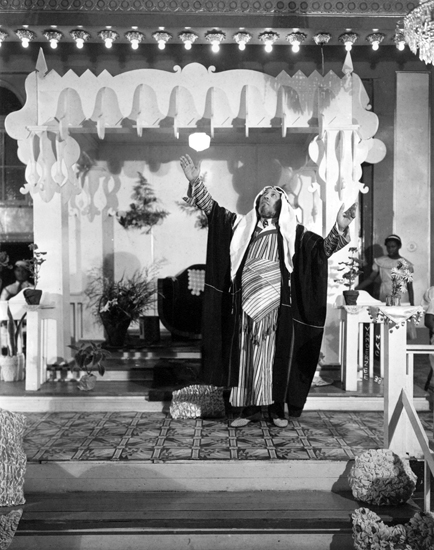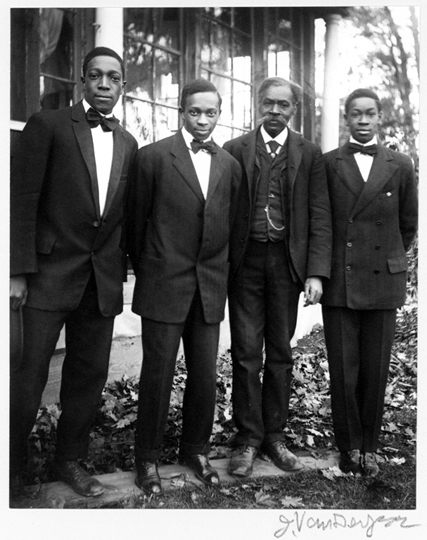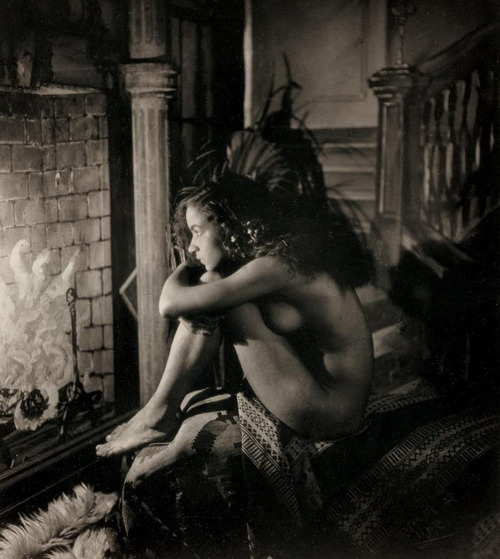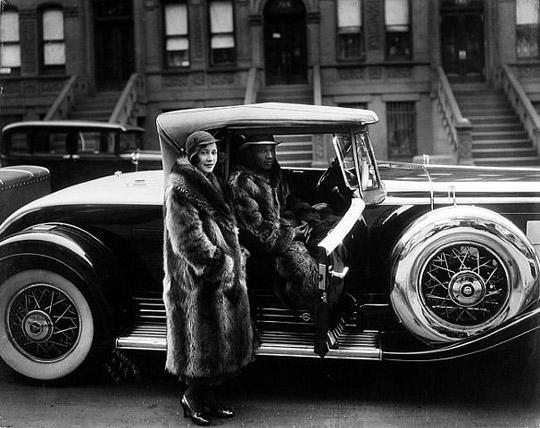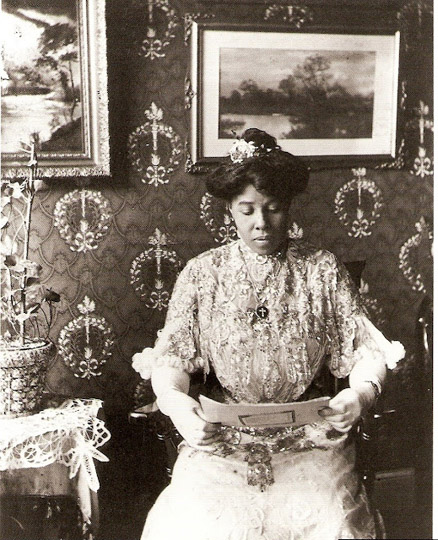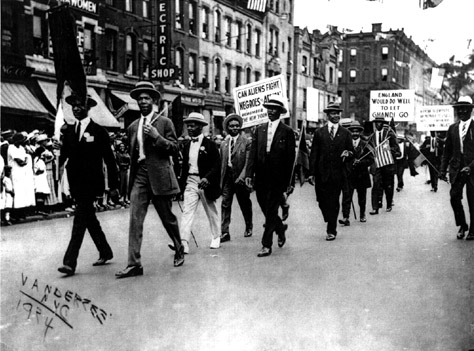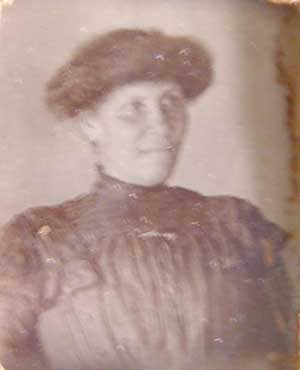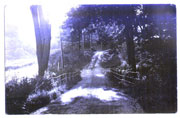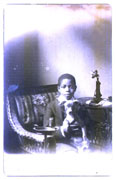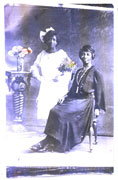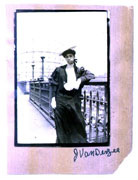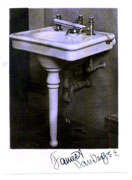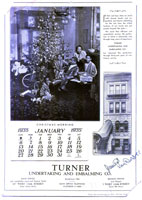JAMES VAN DER ZEE
Click to enlarge AVAILABLE WORKS
James Van Der Zee (June 29, 1886 - May 15, 1983) was an African American photographer best known for his portraits of black New Yorkers. He was a leading figure in the Harlem Renaissance. Aside from the artistic merits of his work, Van Der Zee produced the most comprehensive documentation of the period. Among his most famous subjects during this time were Marcus Garvey, Bill "Bojangles" Robinson and Countee Cullen.
James Van Der Zee was born in Lenox, Massachusetts. His parents were John and Elizabeth Van Der Zee. His parents worked for President Ulysses S. Grant in New York City. James was the second of six children and enjoyed a close-knit family. His best friend was Justin Moore. As a child he learned piano, violin, and art. He discovered photography as a hobby in his hometown of Lenox. At age fourteen he received his first camera from a magazine promotion. His interest with the toy camera led him to getting a slightly better camera with which he would take hundreds of photographs of the town and his family. He was only the second person in Lenox to own a camera, and he developed the images himself. This early start led him to a vast and prolific career documenting each decade in his unique style of photography.
He was a skilled pianist and an aspiring professional violinist. After moving to New York with his brother and father, music lessons were a prime source of income for Van Der Zee. At one point, he co-created and performed in the five-piece Harlem Orchestra. At age 29, he worked as a dark room technician at Gertz Department Store in Newark, New Jersey. He would substitute as a photographer when his employer was unavailable. Patrons enjoyed his creative manner of shooting subjects. This encouraged him to open his own studio, Guarantee Photography, within two years, and he was immediately successful. In 1932, he outgrew his first studio and went on to open the larger GGG Studio, with his second wife as his assistant (since closed, but the building with its original sign can still be seen on the east side of Lenox Avenue between 123rd and 124th Streets in Harlem). In these studios, many visual techniques were employed using props, architectural elements and costumes in the tradition of the Victorian and Edwardian eras. So much time was taken in posing his subjects that he often only could do three sittings a day.
During the Great Depression, and as the availability of personal cameras severely lessened the need of professional photography, the gap was filled by shooting passport photographs and miscellaneous photographic jobs to make a living. After World War II, he survived via commissions and in the field of photo restoration.
National recognition was given to him at age 82, when his collection of 75,000 photographs spanning a period of six decades of African-American life was discovered by the Metropolitan Museum of Art. His photos were featured in 1969 as part of the Harlem on my Mind exhibition. From the 1970s until his death in 1983, Van Der Zee photographed the many celebrities who had come across his work and promoted him throughout the country. He was known to have brought the spirit of Harlem to life.
Van der Zee is widely collected by major museums and private collections worldwide, including The Burgess Fine Arts Collection.

